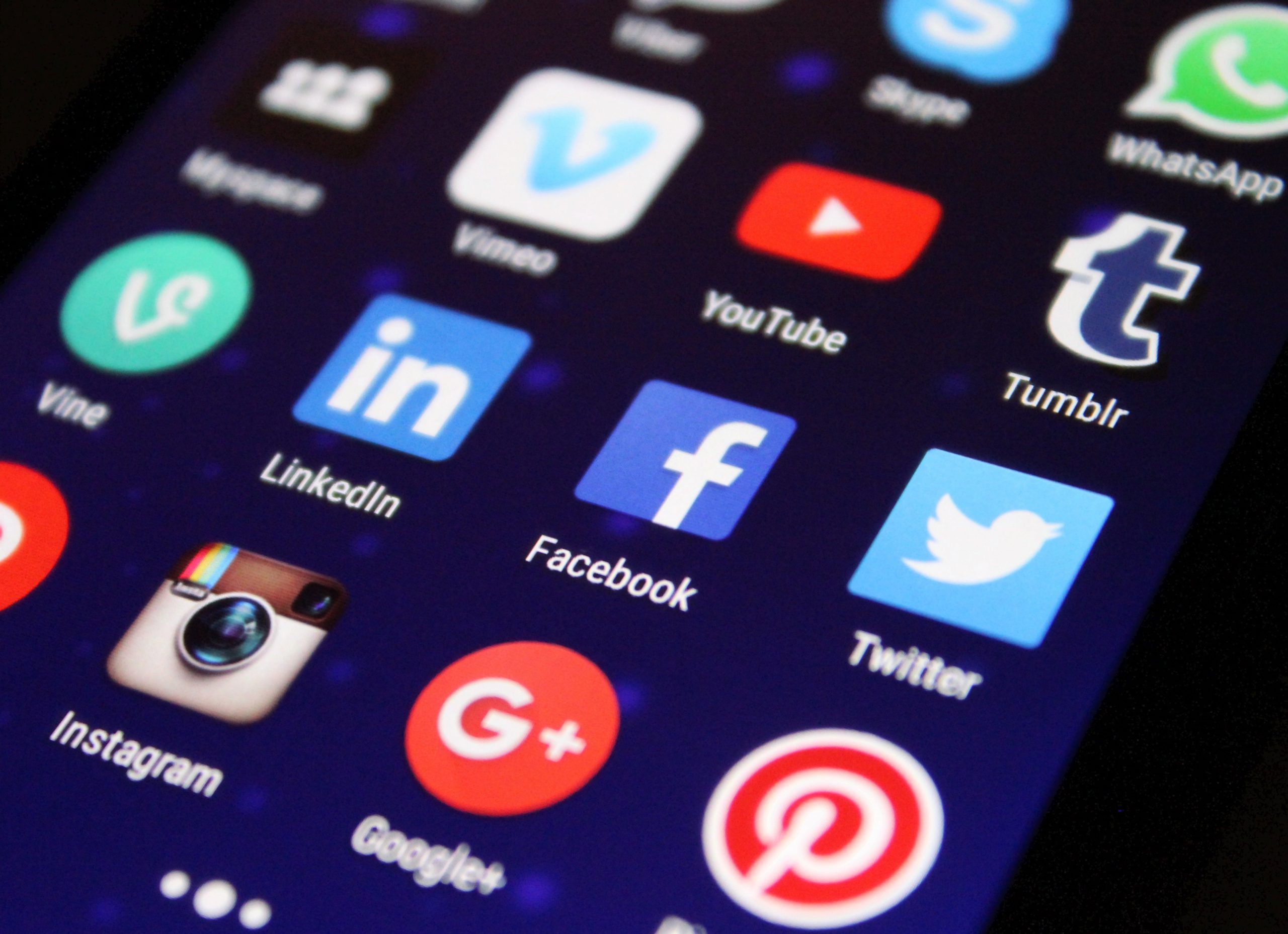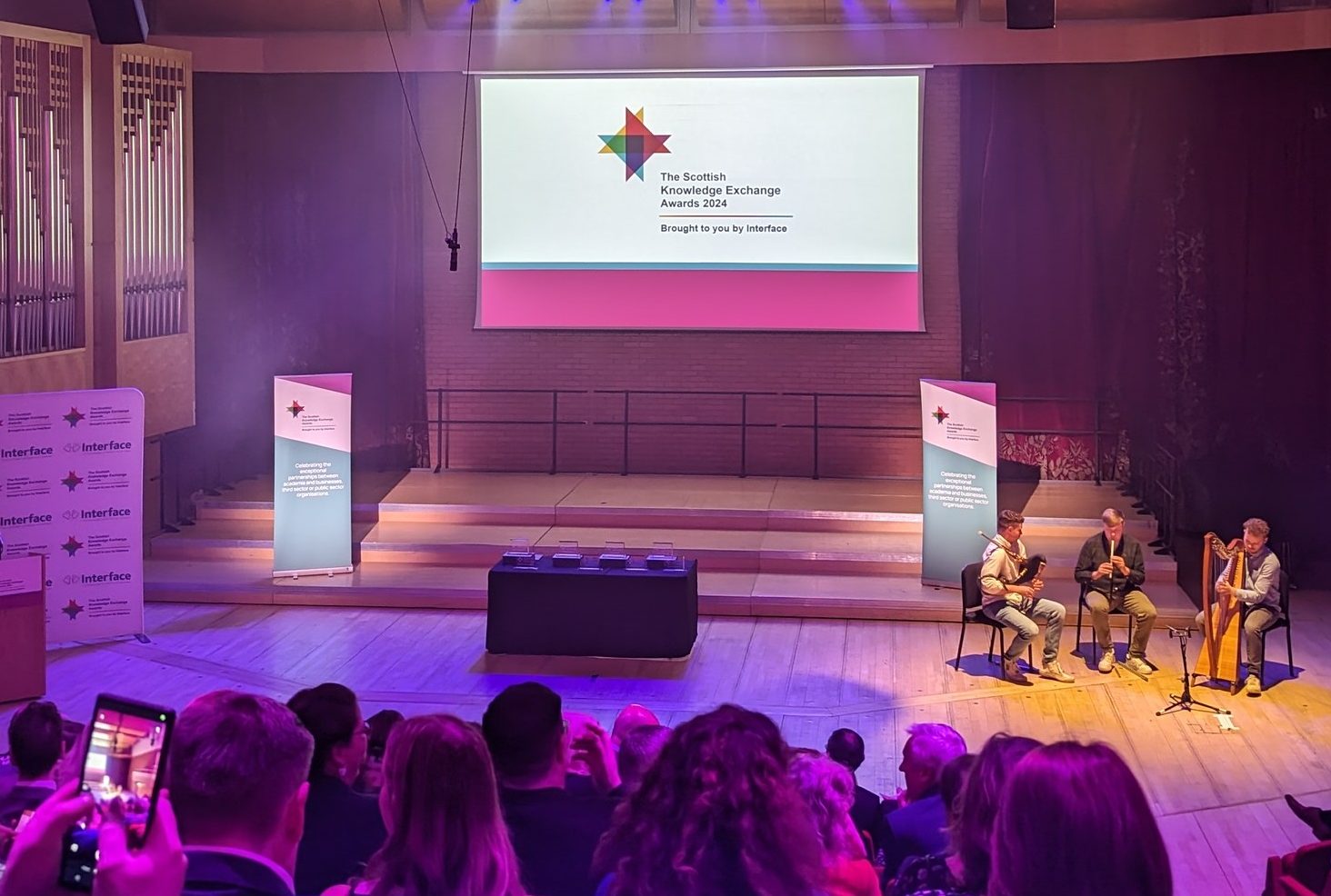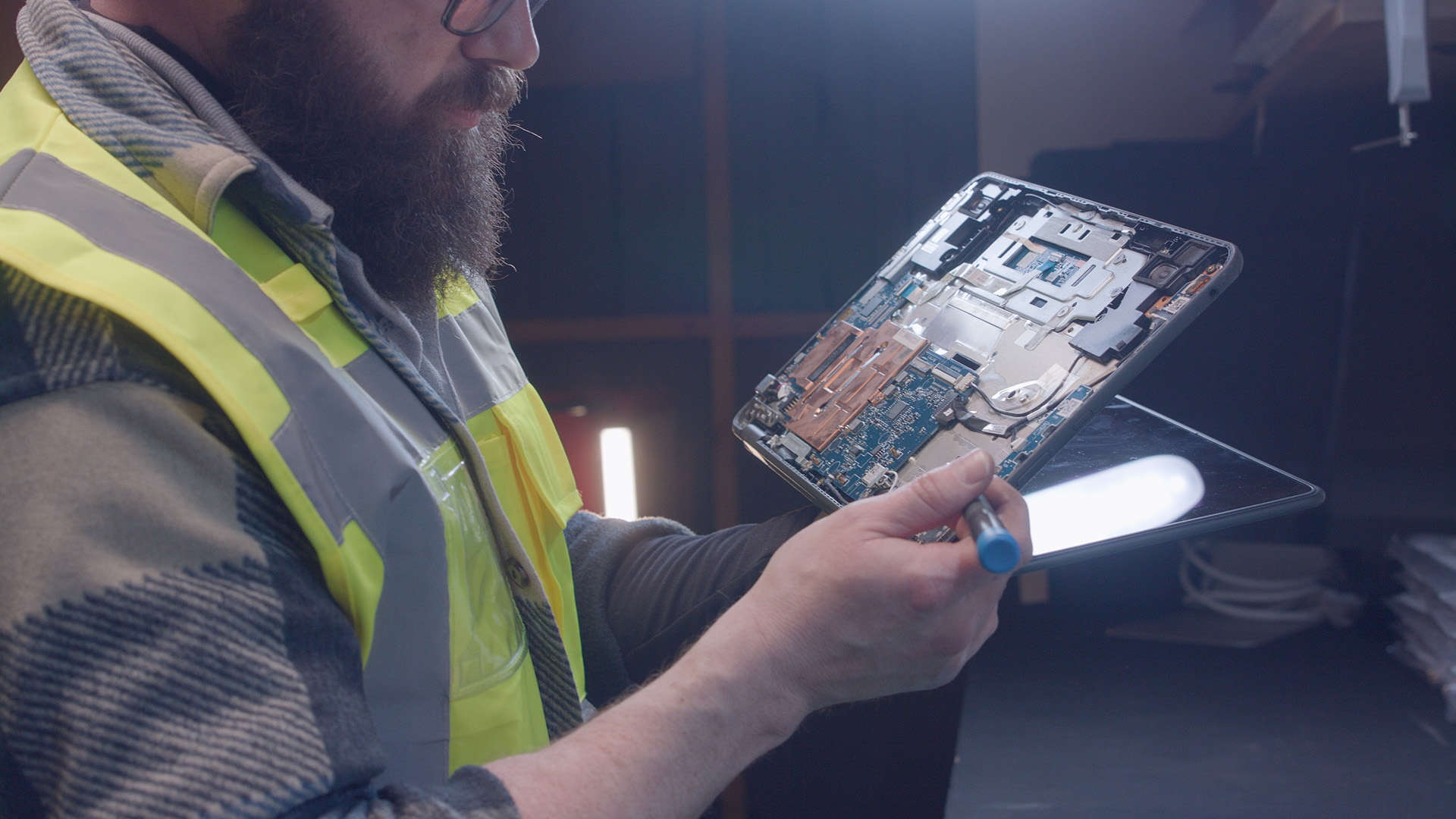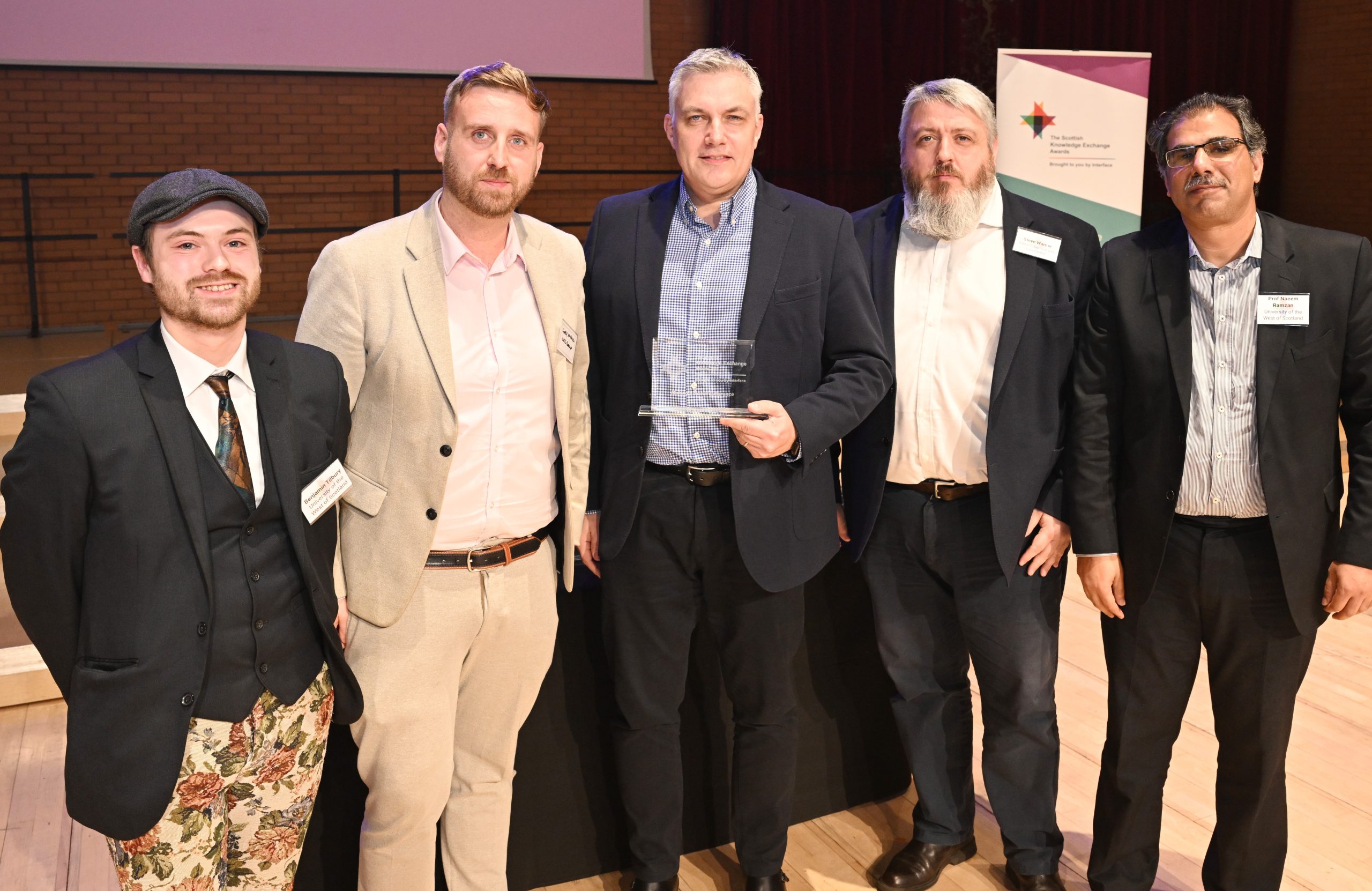Blog
Engaging your offline network online

If attending conferences and doing networking has been one of your main business channels, the current situation might be frustrating. But don’t see this as a disadvantage. If you have been building a network offline, there is a huge opportunity for you to move the conversation to online channels such as LinkedIn.
In this article, I will discuss how to move your offline network to LinkedIn and maintain good engagement with them. This will cover:
- Why it is important to share information with your online network
- How to segment your network so that they always get relevant interactions
- What to say to your online network so that you add value
- How to start engaging effectively right away
Why It Is Important to Share Information with Your Online Network
When we talk about content and marketing, it is a big deal. As recently as February this year there was research to show that B2B buyers consume an average of 13 content pieces before deciding on a vendor. Now that we’re in this lockdown situation and business are not as active as normal, you’ll probably find that number is higher now. However, there is still an opportunity to continue these conversations with your audience, prospects and contacts.
53% of B2B buyers go to social media for that content. Only 33% rely on word of mouth. This might be surprising as it may feel like many businesses rely heavily on word of mouth. Word of mouth is great because ultimately its credibility. But what this stat shows is that it is less of an opportunity compared to having content on social media. An even higher stat is that 70% of B2B buyers will go to your website to get this content that they require to make a decision. If you have started a conversation with someone offline, it is not the time to stay quiet. You have an advantage as your offline clients know who you are.
How to Segment your Network so That They Always Get Relevant Interactions
There are many types of buyer personas, here we’ll focus on the main three: Decision-maker, gatekeeper and user. The decision-maker tends to be your number one, they’re the ones you care about because they’re the ones that will sign the cheque. They tend to be executives, an MD, a business owner of some kind. The gatekeeper acts as a filter for what the organisation needs. They can sometimes be referred to as influencers. They are the people that can say whether you can ‘get in’. An example would be procurement. Those people in the buying team are gatekeepers. They have a list of criteria and you need to go through and pass before a shortlisted group of potential vendors get passed onto a decision-maker. Then you have the user. Often in B2B (especially if you are selling equipment, pieces of kit, software systems) your decision-makers and gatekeepers are generally not the main users.
What to Say to Your Online Network So That You Add Value?
When you meet someone in person and you’re talking to them, you have body language, you can see whether you’re on the right lines and they are engaging or you can change the topic of discussion. Online, you don’t get to see that, but don’t let that put you off. If you take your offline contacts, segment them and truly understand what it is they care about.
What can I post about?
At Doqaru, we’ve come up with many ‘content pillars’ that we and our clients use to share content online. These include but are not limited to Values & Inspiration, Research & Stats, Industry Challenges and Showcase Your Offerings.
Values & Inspiration: Posts are more personal where you are sharing something that has inspired you or you are inspiring others. It could be your business journey and the values of your company. This is normally a storytelling format that tries to trigger emotion in whoever is reading it. This is an opportunity for the people you’ve met offline to get to know you a little better.
Research & Stats: Statistics that come from a third party. It’s about being able to back up what you’re saying with legitimate data. If you have statistics that show a better way of doing something, that can be an opportunity to post about it and get people to engage by asking their opinion.
Industry Challenges: This is where you can post about emerging trends or challenges in the industry. A good example at the moment could be retaining staff. You don’t have to have the answer but being able to break up the subject and ask great questions to get people thinking.
Showcase Your Offering: Too often you get people rushing to show what they can do. A good example of this is when you connect with someone on LinkedIn and straight away you’ve got a sales pitch of all the amazing things that they can do for you.
You want to build a relationship first and then over time you can showcase your offering instead of scaring people off.
Engage in conversations. You want people to talk back. It’s about people feeling something for them to comment, like and message.
How to Start Engaging Effectively Right Away
You can use your ‘status’ on LinkedIn to share something of value to your contacts and start engaging them in an online space. The three simple types of content you can share are text/words, images/videos and third-party articles (there is a lot more you can do but these are the easiest ones to get started with). A lot of people can get put off by thinking it’s a lot of work, but by having a process and plan, it is very much doable.
Text/words – Writing, telling a story. Interestingly, the LinkedIn algorithm favours text a lot more than some other content.
Image/video – Text is usually accompanied by an image or video. With images, it could be more conceptual, using free stock photos or a picture of yourself and your team. Whatever it is, images tend to enhance your post. You can also add a short video of you talking about something but remember not to make it too long.
Third-party articles – There is a lot of talk that LinkedIn doesn’t favour third party articles because ultimately when people click on it, you leave the platform. However, you should be sharing third-party articles if you come across a good article that you think your contacts would benefit from. One tip for making this go further is that you write short bullet point summary of the article (e.g. this is what you can get from the article 1. 2. 3.).
90% of people online do not create nor engage with any content, they just scroll and skim through it. If you’re worried that you don’t have a big enough network and people don’t see your content, usually, that’s not true. Only 9% of people will comment and like on your content, but they are still reading it. Even less, only 1% of people create content. This is what makes people and businesses stand out.
But how does this lead to sales?
It does lead to sales, but if you’re expecting it to happen overnight, it won’t. It’s a process and building sustainable relationships play a big part. You’re more likely to develop relationships where people keep coming back and gain mutual value.
How do you start?
If you’re at zero and aren’t doing anything online because the networking and events have been working for you for years, how do you start doing this online?
Step 1: Connect with offline contacts. You already have your offline contacts, but are you connected with them online? If not, get connecting. Do you have a stack of business cards lying about that you haven’t connected with yet? One trick people miss is when you’re invited to an event, there is a delegate list. Do you go through that list and see the different people and connect with them? You have a great conversation opener, you’re not just anybody. You have an advantage.
Step 2: Segment them by type of buyer. Is this person a decision-maker, a gatekeeper or someone more likely to use your product?
Step 3: Make some notes of what they will care about. In your industry, you will know what type of question people ask you before making a purchase. What does each buyer want to know?
Step 4: Create a plan to engage online. This might seem easy now because you are working from home and business is a little quieter. But when things get busy again, this could fall by the wayside.
Creating a plan and diarising could help you make this a habit so you’re always making the most of the offline contacts that you are making.



